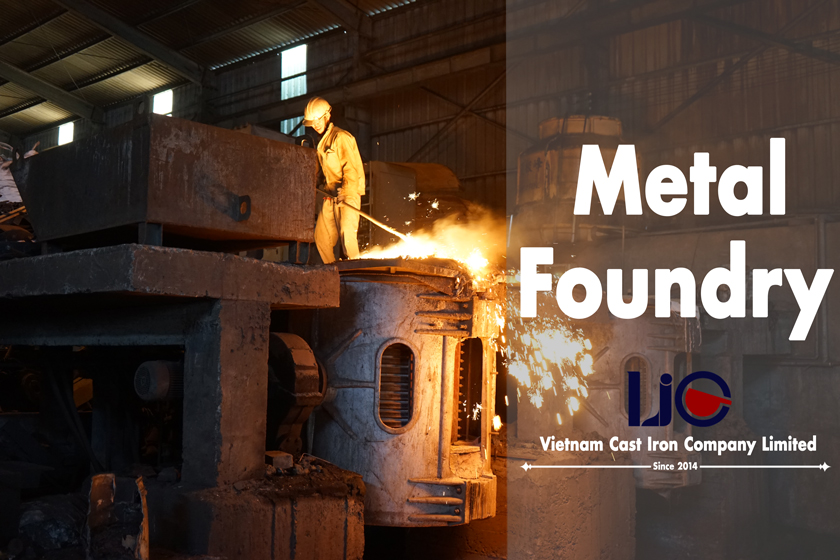Not known Incorrect Statements About Aluminum Castings Company
Table of ContentsThe Definitive Guide for Aluminum Castings CompanyWhat Does Aluminum Castings Company Do?Some Known Details About Aluminum Castings Company Not known Facts About Aluminum Castings CompanyIndicators on Aluminum Castings Company You Need To KnowThe 45-Second Trick For Aluminum Castings CompanyThe Facts About Aluminum Castings Company UncoveredIndicators on Aluminum Castings Company You Should Know
There are 2 key kinds of die spreading utilized in the aluminum casting market: warm chamber pass away casting and cold chamber pass away spreading. The key difference in between these methods is exactly how the molten steel is delivered to the mold. In hot chamber die casting, frequently made use of for reduced melting factor steels, the melting pot is straight attached to the equipment, and a bettor compels the material through a gooseneck into the die tooth cavity.
Aluminum Castings Company - Truths
In these approaches, the mold is purposefully ruined or damaged away in order to extract the ended up aluminum casting. Usual processes under the classification of expendable mold spreading include (investment casting),,, and financial investment spreading. When manufacturing personalized aluminum parts making use of expendable molds, producers pour liquified light weight aluminum or aluminum alloys into the mold and mildew, which is then broken apart to launch the strengthened steel part.
The is among the oldest and most utilized kinds of light weight aluminum casting. It entails condensing specialized shop sand, frequently reinforced with clay or material, around a specifically crafted multiple-use pattern that establishes the form and inner information of the completed light weight aluminum product. The pattern system incorporates risers and vents to manage the flow of liquified steel and to prevent casting defects such as shrinkage porosity.
Some Ideas on Aluminum Castings Company You Should Know

This mold and mildew is then preheated before the pouring of liquified aluminum or aluminum alloy. As the metal fills the shell, it captures the intricate details and fine surface finish of the mold and mildew. As soon as cooled down, the ceramic is mechanically or chemically damaged away, enabling the elimination and splitting up of private actors components.
Some Of Aluminum Castings Company
Permanent mold and mildew spreading uses multiple-use steel molds and is perfect for automation with regular high quality and much less waste. Expendable mold casting uses single-use mold and mildews, like sand or foam, offering layout versatility and lower tooling prices for prototypes or short runs. Pass away spreading is best for creating high quantities of aluminum components that call for limited tolerances, great details, and smooth surface areas.
The look here Toshiba Machine DC-J Collection consists of pass away casting machines appropriate for light weight aluminum. Understood for their durable building and construction and high shot efficiency, these devices make certain effective and precise casting (Core Making).

While light weight aluminum can be used in its pure type, it is commonly alloyed with various other steels to enhance its residential or commercial properties or the homes of the various other metals. These alloys supply improved efficiency for numerous applications. Light weight aluminum alloys are classified into eight series, numbered from one to 8. The initial figure(s) of the number show the primary alloying component combined with light weight aluminum.
Little Known Facts About Aluminum Castings Company.
This alloying enhances the stamina and hardness of light weight aluminum but reduces its ductility and corrosion resistance. The 3000 collection alloys are primarily alloyed with manganese.
In addition, it features high ductility and an extremely smooth completed surface. The 4000 series alloys are alloyed with silicon, which reduces the melting point and improves fluidity. This makes it a prominent selection for casting, as it is very easy to form in its liquified state. The 4000 series is likewise commonly used as a filler for welding and brazing applications.
Our Aluminum Castings Company Ideas
This collection is classified as a high-strength alloy, especially suited for sheet and plate applications because of its excellent weldability. Its resistance to corrosion from acids and alkalis makes it suitable for use in extreme and aggressive settings (Aluminum Melting and Casting). The 6000 series alloys are alloyed with both magnesium and silicon, giving an equilibrium of strength, mechanical homes, and corrosion resistance
Handling the 6000 collection calls for specialized and innovative tools, which can be intricate and costly. This collection is recognized for its exceptional deterioration and oxidation resistance, as well as its simplicity of layer, therapy, and workability. The 7000 collection aluminum alloys are the strongest and most resilient among light weight aluminum kinds, with strength equivalent to around two-thirds of industrial-grade A3 steel.
The Greatest Guide To Aluminum Castings Company
Zinc is the key alloying element in the 7000 collection, enhancing the firmness of the light weight aluminum, also though zinc's hardness is similar to that of light weight aluminum on the Mohs range. The 8000 series light weight aluminum alloys are largely alloyed with tin, along with percentages of copper and nickel (Aluminum Foundry). While these alloys provide lower toughness contrasted to other series, they succeed in machinability and use resistance
Light weight aluminum cast heatsinks are electrically conductive, permitting them to be based efficiently. They are usually cast with integrated functions that minimize the need for additional procedures, such as additional machining or assembly, causing additional price financial savings. Aluminum casting is regularly used to manufacture brackets for both sturdy commercial equipment and household devices.
An Unbiased View of Aluminum Castings Company
The single-piece building of aluminum brackets boosts their toughness and durability, lowering the chance of failing. If holes are called for, they can be consisted of directly in the spreading mold and mildew, lessening the need for post-production finishing (https://medium.com/@kelliphillips61401/mastering-sand-molding-with-aluminum-castings-company-a1e9edce0c8f). Manufacturers have increasingly embraced light weight aluminum casting for golf equipment as a result of its durability, stability, and convenience in shaping